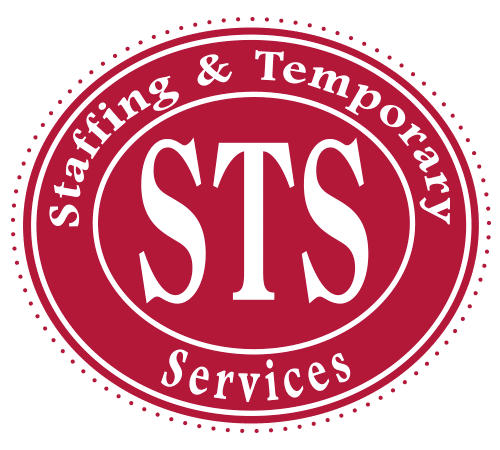With the rapid advancements in technology and shifting workplace dynamics, it’s crucial to stay updated on effective onboarding practices to create a seamless transition for new hires. Proper onboarding sets the foundation for a productive and positive work environment, helping new employees understand their roles, align with the company’s culture, and quickly become contributing members of the team. Failing to invest adequate time and resources in this phase can result in high turnover rates, decreased employee engagement, and lost productivity, costing businesses valuable resources. By exploring the latest trends and proven practices in onboarding, organizations can create a welcoming atmosphere that not only boosts employee morale but also fosters long-term loyalty and growth. From virtual onboarding solutions to personalized training programs, discover innovative strategies that can streamline the onboarding process and pave the way for success in the modern workplace.
Embracing Virtual Onboarding Solutions
The rise of remote and hybrid work models has made virtual onboarding a necessity rather than an option. With advancements in communication technologies, businesses are finding innovative ways to welcome new hires, even if they are miles away from the physical office. Virtual onboarding involves a combination of video calls, learning management systems, and digital collaboration tools that ensure new employees can get up to speed without stepping into the office.
For example, platforms like Zoom or Microsoft Teams allow for interactive sessions where new hires meet their team, understand the company’s mission, and dive into their role-specific training. Tools like Slack or Trello help manage projects and keep lines of communication open, making new employees feel involved from day one. Small businesses can particularly benefit from virtual onboarding by reducing travel expenses and providing a flexible onboarding schedule. However, the challenge lies in creating a personal connection and maintaining engagement, which can be tackled by frequent check-ins, virtual social events, and clear, consistent communication.
Personalized Training Programs
Not all new hires are cut from the same cloth, and personalized training programs are essential to address unique skill gaps and career aspirations. Customized training modules ensure that employees receive relevant information that is directly applicable to their job functions, thus accelerating their growth and productivity.
For instance, on-the-job training can be customized based on the individual’s prior experience and role. Interactive modules, role-playing exercises, and mentorship programs can significantly enhance the onboarding experience. Additionally, businesses can utilize online training platforms like LinkedIn Learning or Coursera, which allow for tailored training paths based on individual strengths and areas for development. Personalized training not only shortens the learning curve but also demonstrates the company’s commitment to the employee’s professional growth, fostering a sense of belonging and loyalty.
Utilizing Technology for Seamless Onboarding
In today’s digital age, technology can streamline the onboarding process, making it more efficient and effective. From automated document processing to interactive onboarding portals, the right technological tools can significantly reduce the administrative burden and allow HR teams to focus on more strategic activities.
For example, applicant tracking systems (ATS) and human resource management systems (HRMS) can automate paperwork, track onboarding progress, and send reminders for upcoming training sessions. Additionally, integrating gamification into onboarding through apps like Kahoot! or Quizlet can make learning fun and engaging. Businesses can start with free or low-cost tools, gradually scaling up as their needs grow. However, integrating new technology requires careful planning and support to ensure a smooth transition and to avoid overwhelming new hires.
Building a Buddy System
The buddy system is a powerful yet often overlooked strategy in the onboarding process. Pairing new hires with experienced employees fosters immediate inclusion and provides a go-to person for questions, concerns, or guidance. This peer support can significantly reduce the time it takes for new employees to feel comfortable and confident in their new roles.
For example, in a manufacturing setting, assigning a buddy who has hands-on experience with the machinery and processes can provide real-time guidance, reducing errors and improving safety. Businesses can easily implement this by selecting team members who exemplify the company culture and are enthusiastic about mentoring.
Continuous Feedback and Adjustment
Finally, effective onboarding is a dynamic process that benefits from continuous feedback and adjustments. Regular check-ins with new hires can provide valuable insights into the onboarding experience, revealing areas of improvement and allowing for real-time adjustments.
For instance, sending out anonymous surveys or having casual feedback sessions can help businesses identify what’s working and what’s not in their onboarding process. This iterative approach shows that the company values employee input and is committed to providing a supportive environment. It’s important to act on the feedback and communicate any changes being made, reinforcing a culture of continuous improvement and mutual respect.
Transform Your New Hire’s Experience
As the onboarding landscape continues to evolve, staying ahead of these trends will position your business as a desirable and dynamic workplace. Adopting these forward-thinking strategies can immensely enrich the onboarding journey, making the transition seamless and engaging for new employees. At STS Staffing, we understand the critical role onboarding plays in setting up new hires for success, especially within the diverse sectors we serve, such as retail, hospitality, customer service, light industrial, food service, and manufacturing. By embracing virtual onboarding, employing personalized training modules, embedding company culture, utilizing cutting-edge technology, establishing buddy systems, and seeking ongoing feedback, businesses can foster an environment where every new employee feels valued and primed to contribute effectively. Looking for top talent to integrate into your teams? Request an employee with us.

